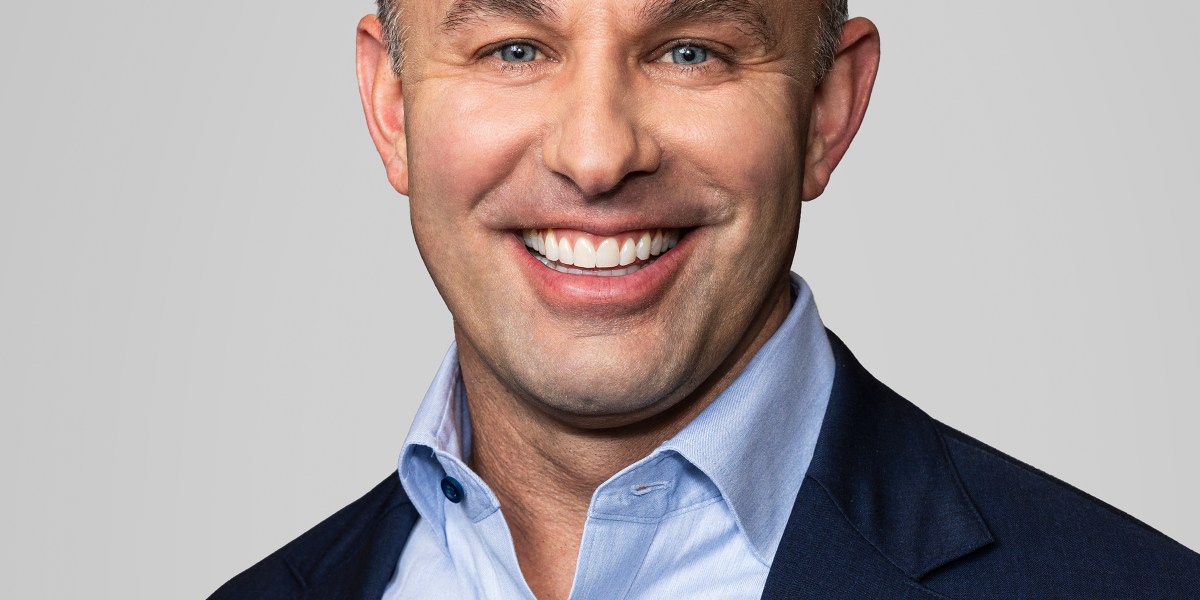UPS beat Wall Street’s profit expectations last quarter, driven not by stronger demand but by deep cost cuts. The company eliminated 34,000 jobs and closed 93 facilities—a 70 percent increase from earlier projections—reflecting a broad restructuring aimed at stabilizing margins after a period of sluggish growth and rising expenses.
Chief commercial officer Matt Guffey describes the effort as a structural transformation rather than a short-term fix. It includes a reorientation of UPS’s business model, shifting away from low-margin e-commerce deliveries toward industrial, healthcare, and supply-chain clients that offer steadier, higher-value contracts.
Artificial intelligence and data automation now play a central role in daily operations, Guffey says. In UPS call centers, machine-learning systems route inquiries based on customer needs and expected resolution times, reducing wait times and increasing the number of issues resolved during the first call. The same technology is used to optimize delivery routes, manage capacity, and forecast demand.
Automation, however, has brought workforce challenges. Thousands of positions have been eliminated as UPS consolidates operations and automates tasks once handled by people. Guffey says the company is working to manage the transition responsibly through early communication and retraining. “It’s not just being overly communicative, but timing of communication is important,” he notes. “We want to inform people so we can help them upskill in different areas.”
UPS has said it plans to redeploy some workers into roles focused on data analytics, network efficiency, and customer experience—positions that reflect the company’s evolving operational priorities.
As chief commercial officer, Guffey is responsible for accelerating UPS’s profitability and growth. He acknowledges that innovation is a cultural challenge inside a large organization approaching its 120th anniversary. UPS’s approach to modernization often reveals the tension between transformation and legacy.
The company has long dominated the market for product returns, but consumer expectations have shifted dramatically. Shoppers now demand faster, easier, and more sustainable return options: no boxes, no labels, and minimal friction. They expect seamless digital integration, real-time updates, flexible drop-off points, and reduced packaging waste.
UPS met that shift head-on by acquiring Happy Returns, says Guffey, a startup offering “no box, no label” drop-offs at thousands of partner locations. The acquisition gave UPS a more flexible, customer-friendly platform that aligns with modern expectations of convenience and sustainability. It also signaled a willingness to buy innovation when speed matters most, rather than rely solely on in-house development.
While Guffey acknowledges that speed has become a competitive factor, he notes that UPS still operates within the realities of a large, complex organization built on reliability.
The company’s cost-cutting drive comes amid a wave of consolidation across the logistics industry. Rival carriers are facing similar pressures, including softer demand, rising labor costs, and the ripple effects of shifting trade policies and tariff uncertainty.. For UPS, the challenge will be sustaining profitability once the immediate benefits of job reductions and facility closures fade.
The restructuring leaves UPS leaner and more sharply focused, says Guffey. He adds that as it rebuilds margins through automation and selective growth, the company must balance efficiency with the service consistency that has defined its reputation for more than a century.
























